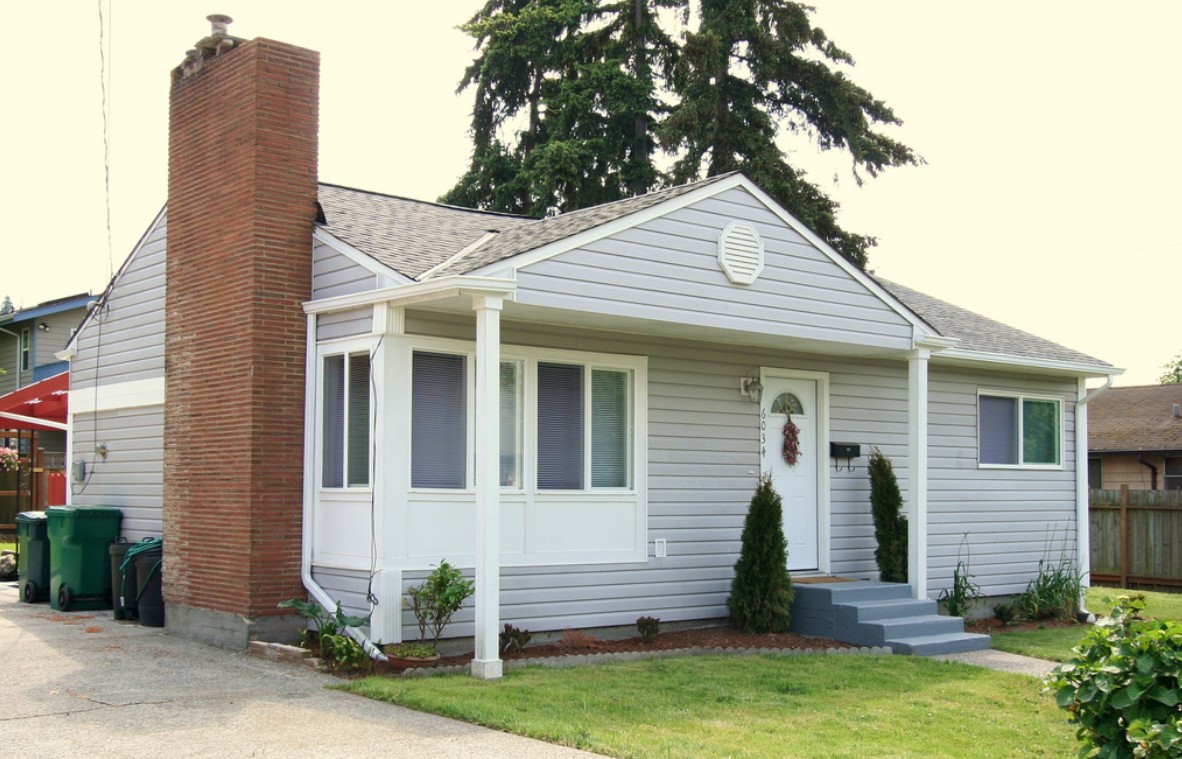A buy to let mortgage differs from a regular mortgage since it is for investors or landlords who buy property to rent out to tenants; not for their residential purposes. The essential differences that an investor should be aware of can be provided through professional and experienced advice from mortgage brokers in the UK.
Some issues linked to the subject are listed below:
Buy to Let mortgage in the UK is available to individuals as well as to corporates and companies. However, a BTL mortgage for a company will have to be through a lender who accepts investment through limited companies.
Contents
Maximum limit:
The amount that can be borrowed is linked to the expected rental income. Lenders usually require the rental income to be 25-30% higher than the mortgage payment.
Deposit:
A deposit will be required to be paid to the lender; it is usually 25% of the value of the property (though this can escalate to about 40%).
Repayments:
The two ways of paying back the mortgage are explained below:
-
Interest-only mortgage:
is self-explanatory and, every month, only the interest on the loan is paid back. This means lower monthly payments, but the loan will have to be paid at the end of the mortgage period.
-
Repayment mortgage:
is when both the interest as well as some portion of the loan itself are paid back. A higher monthly payment will be required, but the advantage is that by the time the mortgage term matures, in all probability, the entire loan would be repaid.
Depending on the investor’s capital and budget, advice will be required on the Repayment issue since lenders vary on the repayment requirements.
Taxes:
Both Capital Gains Tax and Income Tax are payable on buy to let properties.
-
Capital Gains Tax:
The rate is payable dependent on the income bracket of the investor. By adjusting property purchase fees (or even losses from another BTL property), this tax can be reduced.
-
Income Tax:
Landlords will not be able to deduct the mortgage interest from rental income. Instead, the total mortgage interest payment will receive a 20% tax relief. Fees like council tax or property maintenance charges can be offset if the annual income allowable is exceeded.
BTL remortgage:
By switching to another deal once the current mortgage is over, a BTL remortgage can sometimes be advantageous as the interest rate can be lower. If a remortgage is required earlier, lenders usually require a minimum time of 6 months after the title deeds are transferred before they will consider this. However, arrangement fees for BTL are high so remortgaging can be
expensive and, since interest rates can fluctuate, the pros and cons will need to be carefully reviewed.
Regulation of Buy to let mortgage:
Most of these mortgages are not regulated by the FCA as they are treated as business borrowing. However, Consumer BTL mortgages are handled in the same way as residential mortgages by the FCA, protecting the investor from fraud or incorrect advice. This type of mortgage is for “accidental landlords” – it is defined as ‘a buy-to-let mortgage contract which is not entered into by the borrower wholly or predominantly for the purposes of a business carried on, or intended to be carried on, by the borrower.’ For example, if the property is bought for relatives to live in, it would be considered as a Consumer BTL mortgage.
Legislation:
Investors need a tenancy agreement, outlining the terms and responsibilities of both parties. The rented property should be kept safe with a fire alarm and all gas and electrical equipment maintained in good condition. An energy performance certificate should be provided to the tenant. The tenant’s right to rent should be checked. The deposit should be protected in a Government-backed scheme.
Conclusion:
As in every critical decision, the pros and cons need to be weighed. In the case of a Buy to Let mortgage, some of them are:
Advantages:
- Demand: With the demand exceeding supply, the rental market is suitable for investors.
- Capital gain: Although there is a risk with the value of property fluctuating, “brick-and-mortar” has usually survived and increased in value.
- Income: With the rental trend increasing, the revenue should be an asset.
Disadvantages:
- High fees: Fees, deposits, and admin/legal costs can be increased.
- Rental voids: There is the risk of having no tenant or a tenant who is problematic with payments.
- Legal: Keeping in line with the legal requirements can be a big responsibility.
Should a BTL mortgage be decided on, just keep in mind that the stamp duty holiday is till 31 March 2021 and so all necessary documentation should be completed well in time if this benefit is to be availed!
Read Also:























